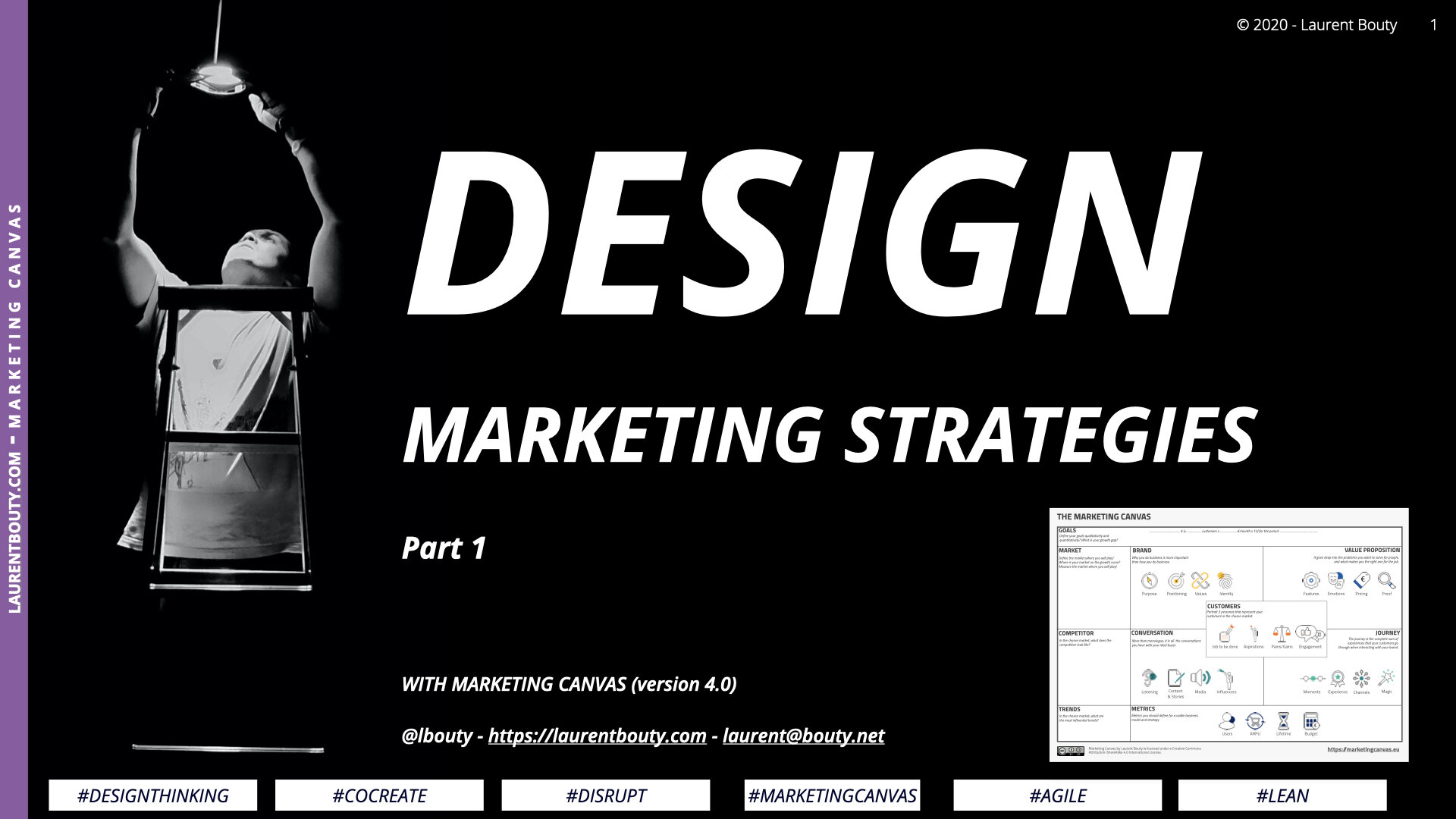Last update: 04/06/2023
In a nutshell
In the competitive landscape of today's market, creating a compelling and differentiated value proposition is crucial. This comprehensive guide explores one of the key aspects of your value proposition - Features. The importance of aligning features with customers' Job To Be Done, the potential risks of not carefully selecting your features, and the critical link between features and your Unique Selling Proposition are discussed in detail.
To assist in this complex process, we delve into various tools and models, such as the Value Proposition Canvas and the Vision-Revenue-Request model. Alongside, practical tips and examples provide tangible ways to translate theory into action.
Furthermore, the guide includes an in-depth evaluation and improvement section, detailing potential scores and how they reflect your current standing. Lastly, the 'Green Clean' use case sheds light on the concept through real-world application. This guide acts as a one-stop resource for entrepreneurs, marketers, and anyone interested in developing a standout value proposition through well-designed features.
In the Marketing Canvas
The Marketing Canvas is a powerful tool for entrepreneurs and non-marketers to build a robust marketing strategy. It consists of six meta-dimensions, each with four sub-dimensions, for a total of 24 sub-dimensions defining your Marketing Strategy. One of these sub-dimensions is FEATURES, which falls under the VALUE PROPOSITION meta-dimension.
Defining Features
The pivotal role of features in your value proposition cannot be understated. They contribute substantially to how your customers perceive and experience your product or service. Yet, a common mistake that businesses make is inundating their offerings with too many features. More is not always better, especially when features add unnecessary complexity or create opportunity cost. Understanding the critical job-to-be-done (JTBD) for your persona is crucial here. If a feature does not contribute positively to acquiring or retaining customers or deviates from your vision, it's better left on the cutting room floor.
A unique selling proposition (USP) refers to the unique benefit exhibited by a company, service, product or brand that enables it to stand out from competitors.[3]
The concept of features ties closely with the Unique Selling Proposition (USP). USP, by definition, refers to the unique benefit that your product, service, or brand brings to the table that distinguishes it from competitors. Your USP is your secret sauce, your distinctive edge. In the context of the Marketing Canvas, features are only the functional components of your USP and value proposition, with another dimension handling the emotional side of things.
Consider Apple. Their products aren't necessarily packed with more features than their competitors, yet they dominate the market. They stay focused on a limited number of features, but they do them exceptionally well. Their vision is clear, and their USP is distinct – simplicity, intuitive user experience, and seamless integration across devices.
The ultimate goal is to be "feature-poor but experience-rich." Renowned Belgian Professor Omar Mohout recommends that any feature should meet three critical criteria:
1. Align with the brand's vision
2. Generate positive revenues
3. Be in demand by customers as evident through their JTBD
The Value Proposition Canvas, a popular framework, can aid in defining your features, ensuring they harmonize with your market situation, your customers' JTBD, your brand purpose, and positioning.
However, failure to choose features based on the Vision-Revenue-Request model presents a substantial risk – adoption risks, market risks, or opportunity risks.
FEATURES should help you to be a player of the market (you should have the necessary features expected by the customers for their JTBD) and to stand out from the competition (your USP). Your USP should be clearly aligned with your PURPOSE. Another dimension in the Marketing Canvas will take care of the emotional part of your Value Proposition, the FEATURES are only functional.
Your product should be feature-poor but experience rich. For selecting features, Omar Mouhout recommends that a chosen feature should march 3 criteria:
Be in the purpose (VISION) of the brand
Generate positive revenues (REVENUE)
Demanded by customers (REQUEST) through the Job To Be Done
Value Proposition Canvas is a good framework for defining your features [3]. In the Marketing Canvas, Features should be consistent with the Market (Competitive Situation), Your Customers (JTBD), Your (Brand Purpose, and Positioning).
If features of your product are not chosen on the basis of VISION-REVENUE-REQUEST model, It is a Brake as you will potentially face adoption risks, market risks or opportunity risks. These risks are blocking you to achieve your ambition.
Tools for features
In today's competitive marketplace, it is essential for businesses to provide compelling features that both meet customer needs and differentiate their offerings. Here are some tools and techniques you can use to define, assess, and refine your features:
Job-To-Be-Done Framework (JTBD): This technique helps to identify what customers are trying to achieve—their JTBD—when they buy a product or service. By focusing on the job that customers need done, you can align your features with their goals, creating a product that is highly relevant and valuable to them.
Value Proposition Canvas: This tool, developed by Alexander Osterwalder, helps businesses to design compelling products and services that customers want. It helps you to think about your features in terms of the benefits they provide to customers and how they relieve their pains or enhance their gains.
Kano Model: This model can help you to prioritize features based on how much they are likely to satisfy customers. It categorizes features into 'must-be', 'performance', and 'delighters', enabling you to understand which features are expected, which can give you a competitive edge, and which can exceed customer expectations.
Prototyping and Customer Validation: Before finalizing your features, create a prototype or minimum viable product (MVP) to validate with customers. This can give you direct feedback on your features, helping you to refine them based on real-world use.
Feature Matrix: A feature matrix is a useful tool to compare your features with those of competitors. It allows you to identify where you stand out and where you may need to improve.
SWOT Analysis: A SWOT (Strengths, Weaknesses, Opportunities, Threats) analysis can be helpful in assessing your current features. It provides a structured method to analyze your feature set's internal strengths and weaknesses and external opportunities and threats.
Vision-Revenue-Request Model: This model, proposed by Omar Mohout, can guide you in choosing the right features. It suggests that a feature should align with your brand's vision, generate positive revenue, and be demanded by customers.
These tools can be incredibly powerful in shaping your product or service's feature set. Remember, the key to great features is understanding your customers and aligning your offerings with their needs and desires. By leveraging these tools, you can ensure your features are relevant, compelling, and advantageous in the market.
Translating features into action
As we transition from the theoretical framework of features to their tangible implementation, the phrase "Translating Features into Action" takes center stage. This process involves converting the chosen features based on the Vision-Revenue-Request model into tangible product or service aspects that the customers can interact with, understand, and benefit from. It's about breathing life into the abstract and making the theoretical practical.
To make this translation successful, you must approach it with a customer-centric mindset. The chosen features should not only be apparent but should also provide a seamless and beneficial experience for the customer. One way to achieve this is by ensuring that the features are clearly communicated to customers and are easy to use or understand. Tools like user guides, explainer videos, or intuitive design can aid in making features more accessible to the user.
Consider a software solution as an example. If a company identifies 'ease of use' and 'personalization' as key features based on their vision, revenue potential, and customer requests, the translation into action could involve a simple, intuitive user interface, a quick setup process, or easy customization options.
Furthermore, it is not enough to just embed features into your product or service; they need to be communicated effectively in your marketing efforts. This could involve highlighting the features in your advertising, including them in your product descriptions, or demonstrating them in action during sales pitches or in promotional videos.
Lastly, getting feedback from customers on these features will allow you to further refine and improve them. Customer feedback can be gathered through surveys, user tests, or even through social media engagement. This iterative process ensures that your features remain aligned with your vision, profitable, and in line with what your customers want and need.
Translating features into action, therefore, requires a mix of effective communication, thoughtful design, and continuous customer feedback. In doing so, you not only bring your features to life but also make them a living part of your customer's experience with your brand.
Evaluation and Improvement
Evaluation is an iterative process that helps uncover areas of improvement and gauge success. Here are some statements to rate your agreement on a scale of -3 (completely disagree) to +3 (completely agree):
Your value proposition has all the core functional benefits required by the category.
Your value proposition has a few functional benefits that set you apart from the competition.
Your value proposition has a unique functional benefit that is the primary reason for customers choosing you.
Your value proposition functional benefits align consistently with your brand purpose and positioning.
Negative scores suggest that there's substantial room for improvement. The reasons behind these scores could include:
Lack of feature alignment with your brand's vision. For instance, your product or service might have features that don't resonate with your brand's purpose, confusing your customers and diluting your brand's image.
Features may not be generating positive revenue. This could result from ineffective pricing strategies, market saturation, or the feature simply not providing enough value to justify its cost.
The features of your product or service may not be fulfilling your customers' needs effectively, indicated by a low demand or poor customer feedback.
A neutral score suggests that while you meet the minimum requirements, you're not differentiating your offering or providing unique value. This could be due to:
Your features align with your vision and generate revenue, but they are not innovative or unique enough to stand out in the market.
Your product or service provides the necessary features expected by customers, but it lacks the 'extra mile' that would enhance customer satisfaction and loyalty.
Positive scores indicate areas of strength and potential competitive advantages. Reasons for these scores may include:
Your features align perfectly with your brand's vision and effectively differentiate your product or service in the market. They are true to your brand's purpose and resonate with your customers.
The features of your product or service generate substantial revenue, indicating they provide high value to customers and are priced appropriately.
Your customers demand the features that your product or service offers. This demonstrates that you understand and cater to your customers' needs and that these features fulfill their job-to-be-done effectively.
Remember, regular reevaluation is key. It provides a continuous feedback loop that helps you adjust and optimize your features based on shifts in market dynamics, customer preferences, and your brand's growth.
Green Clean Use Case
Let's illustrate this with a use case. Green Clean, a fictional sustainable cleaning product company, centered their USP on environmentally-friendly, effective products. Their features? Plant-based ingredients and recyclable packaging. They didn't overcomplicate their offerings with dozens of features. Instead, they stuck to their vision of promoting sustainable cleaning, catered to their customers' demand for eco-friendly products, and generated positive revenues due to growing environmental consciousness. This is a prime example of focusing on meaningful features, having a strong visual identity, and regularly evaluating to improve.
Conclusion
Features should be more than just mere add-ons to your product or service. They play a crucial role in forming your value proposition, influencing customer perception, and differentiating you from your competition. However, careful selection and alignment with your brand's vision, revenue generation, and customer demand are crucial. Evaluation, aided by rating your agreement with various statements, is a crucial part of maintaining and enhancing these features. The Green Clean case study illustrates how this works in a real-world context. Remember, your product should be feature-poor but experience-rich, focusing on what truly matters to your customers and your brand.
Sources
Strategyzer, Value Proposition, https://www.strategyzer.com/canvas/value-proposition-canvas
Bill Autlet, Disciplined Entrepreneurship
Wikipedia, USP, https://en.m.wikipedia.org/wiki/Unique_selling_proposition
More on the Marketing Canvas
Marketing Canvas by Laurent Bouty






































